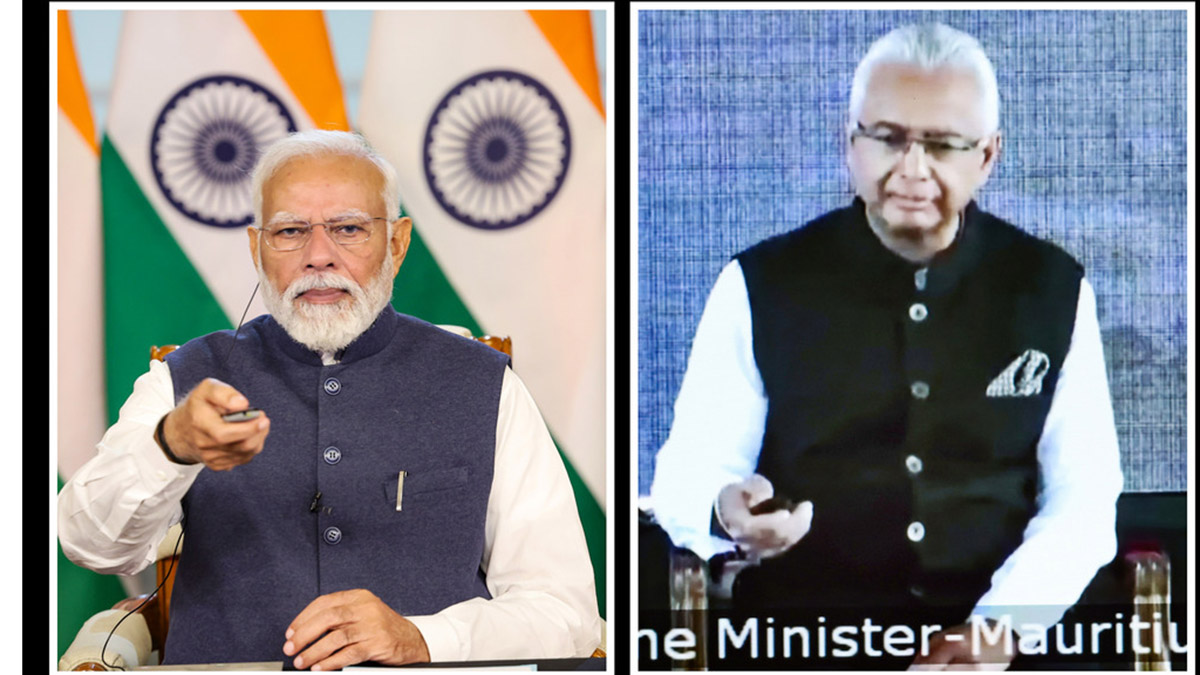The assembly elections have yielded their results, but one result will dominate national politics in 2014 – the rise of the Aam Aadmi Party (AAP) and the prominence of its underlying message. After being denied a clear-cut victory in Delhi, the BJP will be tempted to say that the issues in the national elections will be different, and that Narendra Modi will be a more important factor in April-May 2014. But that would be underestimating the real impact of the AAP, which goes beyond its immediate performance in Delhi.
There are six things that will now inevitably change and if the big parties fail to take note, they will pay a price – as the BJP nearly did in Delhi. All parties will be impacted by the AAP phenomenon.
First, given the importance of the Delhi vote to the national audience, the clear message coming through is that TINA (there is no alternative) is a much over-rated factor in elections. Till yesterday, you had to think of the Congress and the BJP as the most viable alternatives to each other, both in Delhi and nationally. AAP has proved that a third option is possible – even if it does not win. In many states, there are third and fourth parties that can now combine with AAP and queer the pitch for the national parties. This means all parties have to rethink their strategies.
Second, Delhi is not just any other state. Its citizens come from all over north India, and how they voted may impact decisions back in their home states. Pollsters will have to figure out how Biharis, UP-ites and Dalits voted in Delhi, since it could point to potential shifts back home too.
Third, AAP is setting the agenda for clean politics. After the results, all parties have to begin wondering whether they can win with the sheer number of criminals in their midst. This is particularly true of the states of Uttar Pradesh and Bihar, which will be decisive for all parties in 2014. All parties will have to, at the very least, reduce the number of criminals and corrupt candidates the next time. Trying to do this can result in short-term revolts within parties, but some parties may consider this well worth the risk.
Fourth, while AAP is not a national force as yet, and its mobilising powers may not be as strong in other states as in Delhi, the fact is national elections are won with wafer-thin majorities. In UP, the party winning 30 percent of the vote takes the bulk of the seats. This is the same in almost every state. What this means is that if the AAP is able to garner even 2-5 percent of the popular vote, even if it doesn’t win, it will impact the election results.
Example: In Maharashtra, the mere existence of Raj Thackeray’s MNS has robbed the Sena-BJP combine of possible victory at least twice. In Andhra, Chiranjeevi’s Praja Rajyam (now merged with the Congress) took away a chunk of the vote and enabled YS Rajasekhara Reddy to make a clear sweep in 2009. This time, the Andhra Pradesh vote may be even more unpredictable in view of the Telangana factor. Small players can make a huge difference. This is why AAP could conceivably change the landscape for 2014 even if it does not win a single seat.
Fifth, for the BJP in particular, the current strategy centering around the incompetence of the central government will have to be nuanced and possibly reworked. It will have to take note of the new kid – on the block, and the new issues he is bringing to the fore. It is no longer possible to pit Narendra Modi against Rahul Gandhi and hope for a walkover. Given the high media savviness of AAP and the likelihood of the party getting more national play on the media in the coming months, one cannot rule out the possibility of the focus shifting to larger issues beyond the Congress’ incompetence. In this scenario, Modi’s pitch may need altering.
Sixth, the Muslim vote is going to matter to all parties this time – even more than usual. For the last few years now, several Muslim parties have been coming to the forefront – from Assam (AUDF) to Maharashtra (MIM, Welfare Party) to West Bengal (Welfare Party, Social Democratic Party), and Uttar Pradesh (Peace Party). In last year’s Jangipur Lok Sabha bypoll, for example, Pranab Mukherjee’s son Abhijit barely squeaked through as two Muslim parties cut into his vote. The Welfare Party of India and the Social Democratic Party of India (SDPI) polled 41,620 and 24,691 votes, while the Congress won by a mere 2,500 votes.
With the AAM in play, it is not inconceivable that new alliances will be formed, for there is now strong evidence that Muslims are tired of voting for Congress and some of the regional parties (Samajwadi) merely to keep the BJP away. In Delhi too, a significant chuck of Muslims may have voted for AAP.
The systemic impact of the Aam Aadmi Party will thus go far beyond what its own immediate prospects indicate. And this is what could prove very important in 2014.
)
)
)
)
)